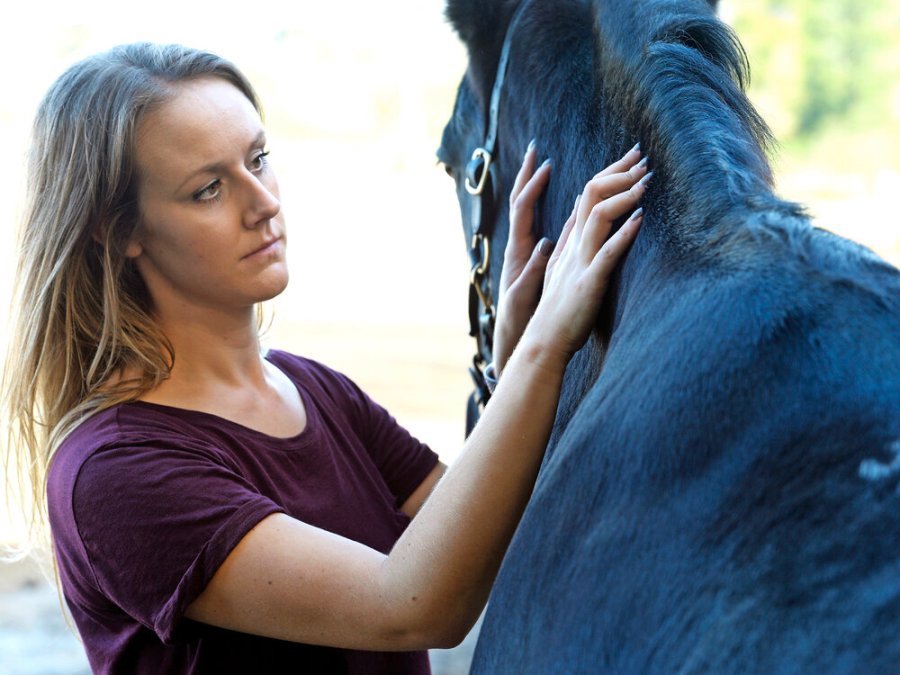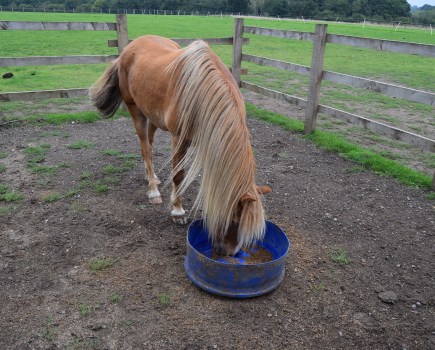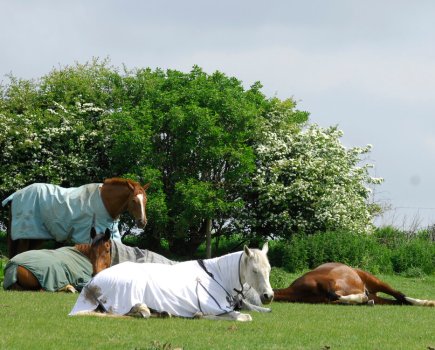Keeping track of your horse’s body weight is important for his health. Not just to ensure he doesn’t gain or lose too much weight, but because it helps to calculate his feed ration, his worming dose, and how much medication he should receive if he is on any.
There are two ways to measure your horse’s body weight: using a weighbridge or a weigh tape. You can also assess his condition by regularly body condition scoring.
1 Using a weighbridge
A weighbridge is the most accurate way to weigh your horse. It is a giant set of scales that you stand him on and a digital monitor displays his weight.
Unfortunately, these are usually very expensive for individuals or yards to purchase. However, many veterinary practices have them, so it could be worth speaking to your vet to see if you could use their weighbridge.
Many nutritionists and feed manufacturers also have portable weighbridges which they take on appointments. If you’re on a yard, ask your fellow liveries to see if they would be interested in booking an appointment to make the most of a nutritionist visiting.
2 Using a weigh tape
Weigh tapes are a much cheaper alternative to using a weigh bridge, and relatively easy to use. Wrap the tape around your horse’s girth area just behind his wither at the same place where a roller would sit.
Weigh tapes aren’t as accurate as a weigh bridge, but if used at regular intervals in the same position they can be useful for measuring any weight gain or loss.
Ideally you should weigh your horse every 1-2 weeks, particularly if you are trying to help him lose or gain some weight as this will let you track your progress.
3 Body condition scoring
Body condition scoring doesn’t tell you your horse’s weight, but it can help you to determine if he needs to lose or gain weight. Find out how to do it here.
There are two different body condition scoring scales: 1-9 and 0-5.
Both systems allow you to categorise the horse’s body into sections to score individually, which can help you identify specific areas where your horse may be too lean or carrying too much fat.
Which system you choose is up to you, but it is best to stick to one. Body condition scoring should be done every 1-2 weeks, and don’t be afraid to get hands-on to feel your horse’s body as you do this.
Test your body condition scoring skills here.








